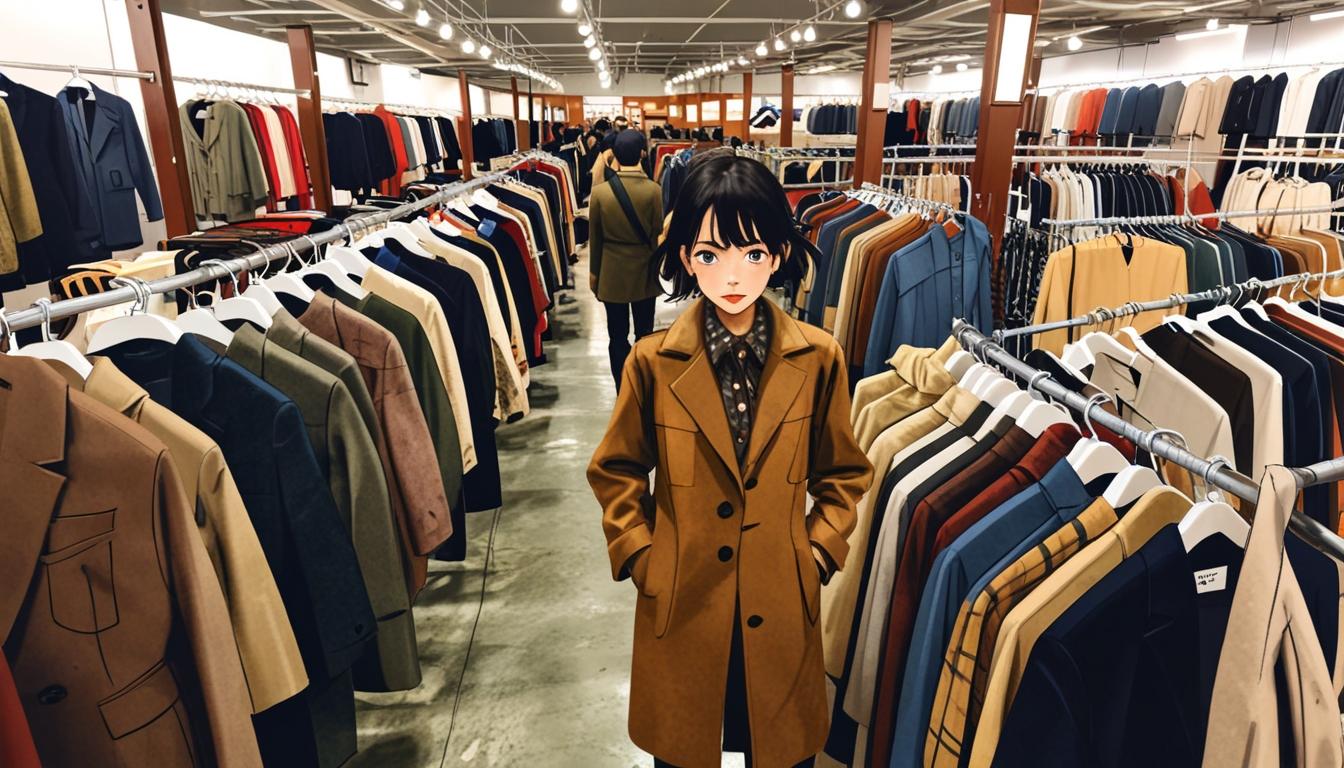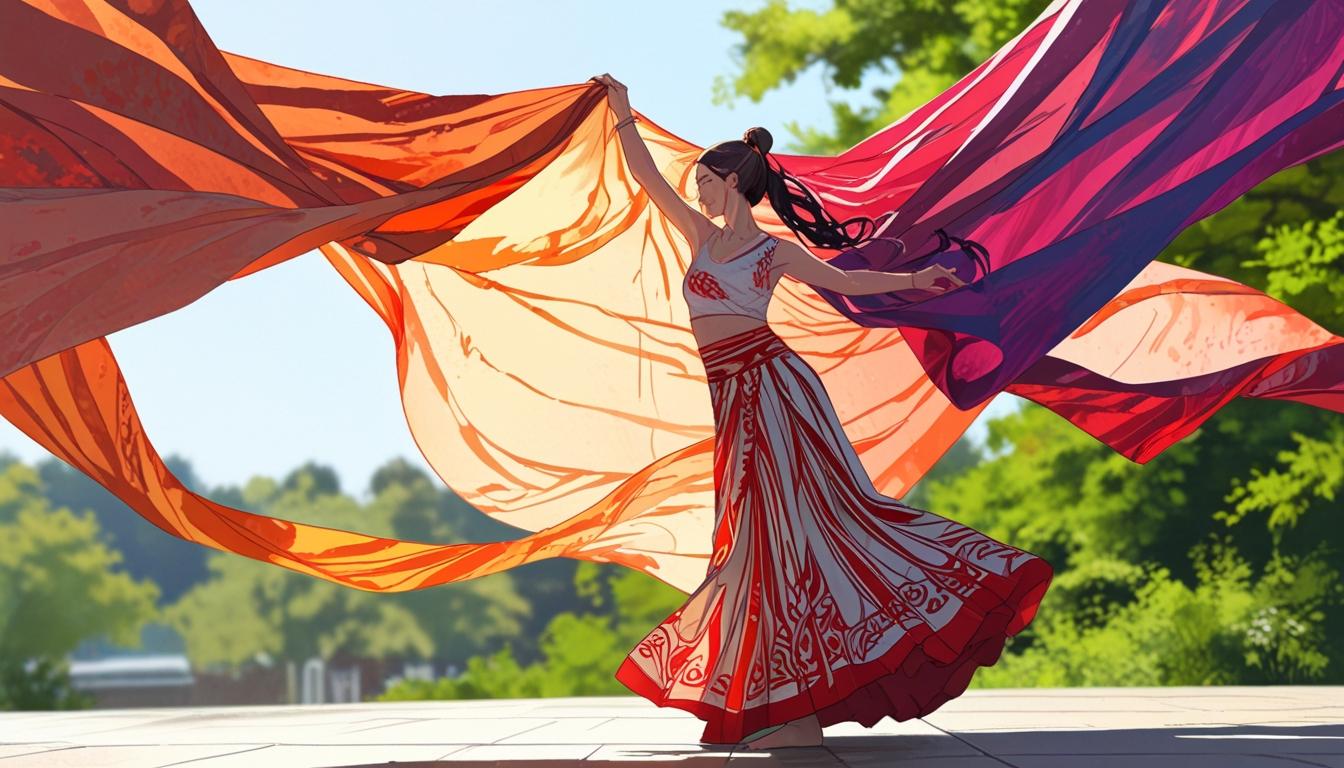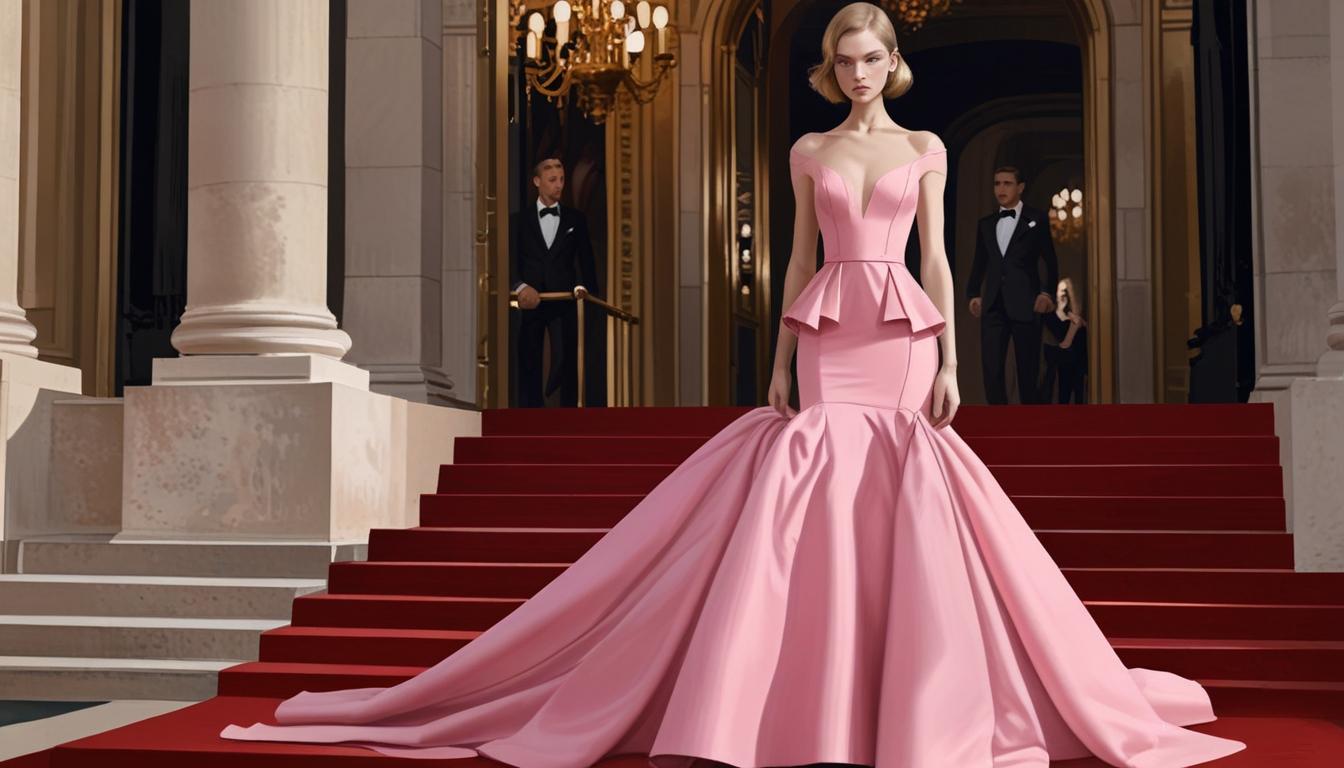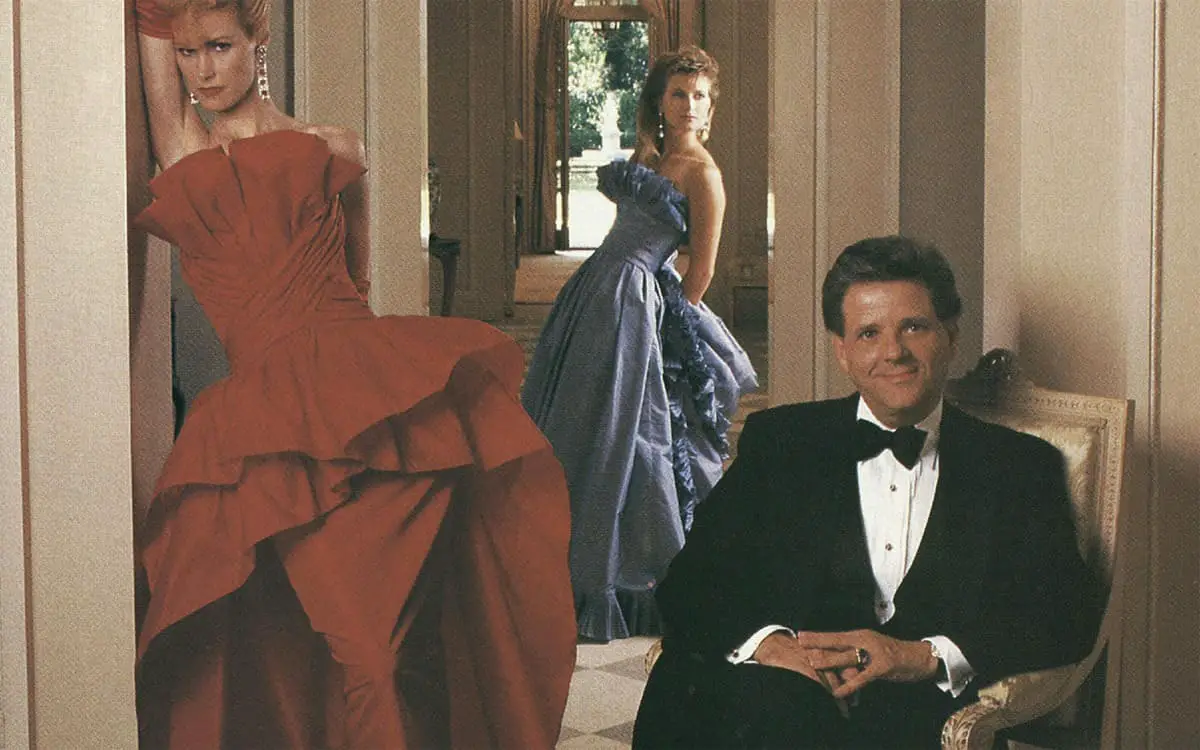Naonobu Jubei, a pivotal figure in the vintage fashion scene, shares his insights on the charm of vintage items and highlights significant military jackets, showcasing the ongoing relevance of vintage styles.
Naonobu Jubei, an established figure in the vintage clothing scene, has been operating a vintage shop since 2008 and expanded his reach in the fashion industry in 2021 by launching the VCM (@vcm_vintagecollectionmall), a comprehensive platform dedicated to vintage items. He is also the organizer behind one of Japan’s biggest vintage festivals, the “VCM VINTAGE MARKET,” which draws over 10,000 visitors annually. Jubei’s ventures include the “VCM MARKET BOOTH,” a reservation-only shop specializing in Hermès jewelry, the “VCM COLLECTION STORE,” and an event space called “VCM GALLERY” located within Shibuya Parco. In October 2023, he published his first book titled “Vintage Collectables by VCM,” further solidifying his influence in the vintage community by connecting enthusiasts and sellers nationwide.
In a recent feature, Jubei expressed insights on the ongoing appeal of vintage clothing, emphasizing the enduring existence of vintage items that remain relatively affordable. He began a serialization, “Must-Buy Vintage of the Reiwa Era,” focused on highlighting significant vintage pieces, with the 42nd installment spotlighting the U.S. military herringbone twill jacket.
Jubei noted that vintage clothing carries a historical weight that continues to captivate collectors. Iconic and rare items often reach exorbitant prices, leading some enthusiasts to feel alienated from the vintage world. Within his feature, he highlighted herringbone twill as a textile that resonates deeply with vintage fans due to its unique aging process.
Herringbone twill, recognized for its distinctive zigzag pattern, is not only known for its aesthetic appeal but also its durability, making it a popular choice for military and workwear. The fabric develops a unique texture that enhances its charm as it experiences wear, which is particularly appreciated by vintage aficionados.
Jubei examined specific military jackets from the 1940s, focusing on three key models of U.S. military wear. The M-41 jacket, officially adopted in 1941, features the historical “13-star buttons,” symbolizing the original colonies. The M-41 was designed as outerwear but adapted to a style favored by wearers who opted to tuck in the hem, a change that was reflected in the subsequent M-43 model.
The M-43 jacket is distinguished by its large chest pockets and a gas flap to protect against potential chemical attacks, although chemical weapons were infrequently used during World War II. This flap, while functional, was often removed by soldiers due to comfort issues. Lastly, the P-44 jacket, which displays a U.S. Marine Corps stencil on the chest pocket, also includes a gas flap and features buttons stamped with “U.S. MARINE CORPS,” although this article specifies instances of flat donut buttons, which are particularly appealing to collectors.
The market prices for these herringbone twill military jackets fluctuate based on size and condition, generally ranging from 50,000 to 150,000 yen. Jubei emphasizes that while unused or mint-condition pieces command higher prices, jackets with visible wear, such as oil stains or repairs, offer a unique character that many collectors find appealing. These signs of use can provide opportunities for buyers to acquire vintage wear at more affordable prices as they embody a richer history.
In conclusion, Naonobu Jubei’s insights into the vintage market not only showcase his expertise and passion for vintage clothing but also demonstrate the ongoing relevance of military styles in contemporary fashion, as well as the nuances inherent within collecting.
Source: Noah Wire Services




